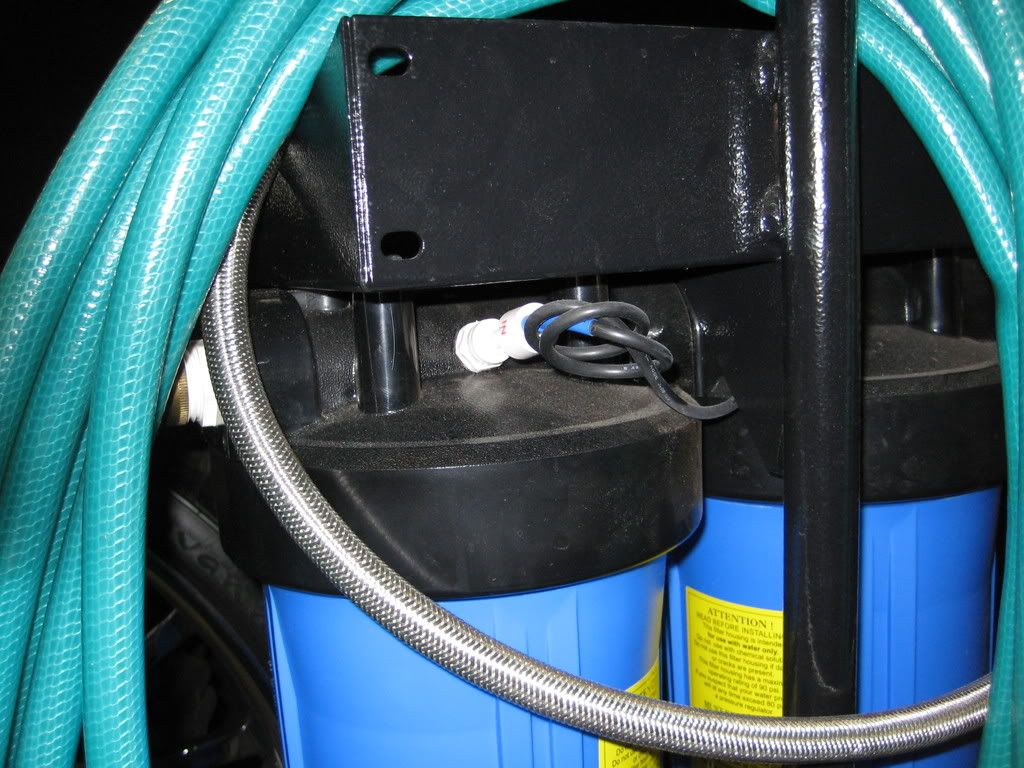found this...
they have a dual in-line tds meter for $43 or something like that, but then there is this:
Custom Aquatic - Store - Digital Instruments - Hand Held Meters And Pens - [ TDS Tester for Water Conditioning ]
hand held TDS meter for only $17
they have a dual in-line tds meter for $43 or something like that, but then there is this:
Custom Aquatic - Store - Digital Instruments - Hand Held Meters And Pens - [ TDS Tester for Water Conditioning ]
hand held TDS meter for only $17



